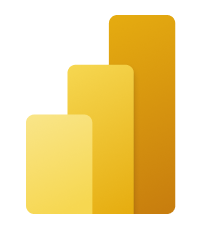
Where do data analysts end up?
A lot of the articles on the UCOVI Blog section have addressed data analytics from an organisational and career-development perspective, asking whether it's a business or an IT discipline, what data analysts need to consider when deciding on new skills to learn, and what truly motivates them in the roles they perform and/or drives them into the loving embrace of recruitment agents every two years or so.
This dataviz piece aims to complement all this by showing – from a decent-sized sample of relevant observational data (LinkedIn profile job histories of data analysts) – which job roles data analysts actually end up in.
In 2022 UCOVI web scraped the job-history sections of just over 1,000 profiles who were members of data science and analytics groups on LinkedIn, and who had at least 15-months of experience in data analytics roles.
The dataset (downloadable at the bottom of this page) is visualised below as a Sankey flow diagram showing the step-by-step transition from their first data analytics role (far left) to their current roles.
Just under half of the 1,047 LinkedIn data analysts are still in analytics (a fifth of these boomerang-ed via other roles). For the other half that have moved on, the data would seem to paint data analytics as a stepping stone to "the business side" of organisations and industries they work in, as opposed to more technical roles such as data engineering, data science and IT/software. 60% become business analysts or take up other roles in their organisations, 20% become data engineers, scientists or software/IT, and 6% become data leaders. A further 7.5% go freelance as data consultants.
Source data:
Download the 1,047 data analyst profiles here (LinkedIn links have been anonymised)